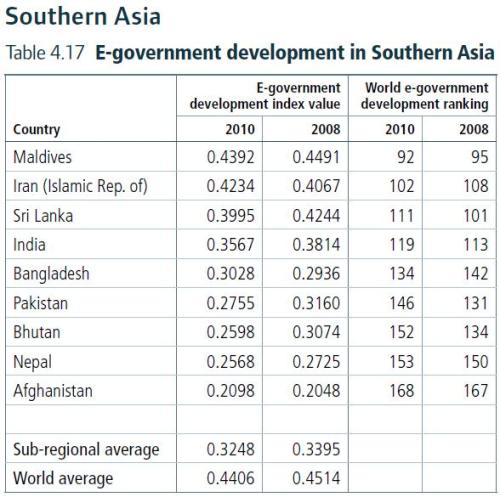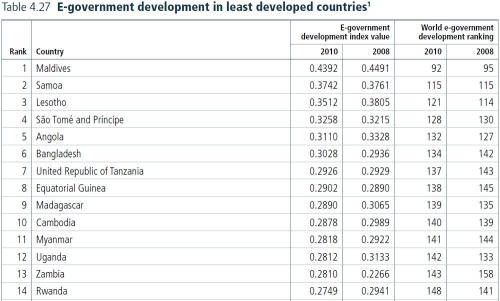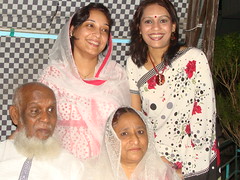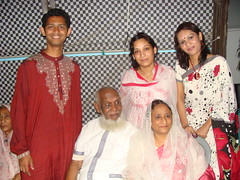I am reading the book “Diffusion of Innovations,” fourth edition by Everett M. Rogers. This book has changed my thoughts about applications of technologies. I am going to record my notes/extracts here:
Case 1: Water Boiling in a Peruvian Village: Diffusion That Failed
The public health agency of Peru encourages people to install latrines, to burn garbage daily, to control house flies, to report cases of infectious diseases, and to boil drinking water. These innovations involve major changes in thinking and behavior for Peruvian villagers, who do not understand the relationship of sanitation to illness. One major reason behind campaign failed is a complex local custom of “hot”and “cold”distinctions, as all foods, liquids, medicines, and other objects are inherently hot or cold, quite apart from their actual temperature. For example, once an individual becomes ill, it is unthinkable to eat port (very cold) or drink brandy (very hot). Water boiling is believed to eliminate the “cold” quality of unboiled water, not for harmful bacteria. Only an ill will thus drink boiled water. Some also do not like the taste of it boiled water either. Some cannot imagine that small germs invisible from human eyes can do any harm to a grown person. The targeted middle-status housewives saw the health worker as “snooper” sent to pry for dirt and to press already harassed housewives into keeping cleaner homes. Lower-status housewives had less free time to talk. Only 5% of 200 families could be encouraged in two years time as the health worker was “innovation-oriented” and not “client-oriented” enough. This Illustration is based on Wellin (1955).
Case 2: Controlling Scurvy in the British navy: Innovations Do not Sell Themselves
Scurvy control illustrates how slowly an obviously beneficial innovation spreads (Mosteller, 1981). In the early days of long sea voyages, scurvy was a worse killer of sailors than warfare, accidents, and all other causes of death. For instance, Vasco de Gama’s crew of 160 men who sailed with him around the Cape of Good Hope in 1497, 100 died of scurvy. In 1601, an English sea captain, James Lancaster, served three teaspoonfuls of lemon juice every day to the sailors in one of his four ships, to experiment scurvy prevention, on his way to India from England. By the halfway point, 110 of 278 sailors had died in the three ships in “control group” and the only “treatment” ship sailors remained healthy. This innovation was not adapted by the British Ships, despite the loss.
After about 150 years, in 1747 A British Navy physician James Lind, who knew Lancaser’s results carried out another experiment on the HMS Salisbury. He again proved that those who take the citrus fruits were cured in a few days.
But not until 1795, forty-eight years later, British navy adopted this technological innovation. And after only seventy more years, in 1865, the British Board of Trade eradicated scurvy in the merchant marine.
While scurvy prevention was generally resisted for years by the British Navy, other innovations like new ships and new guns were accepted readily. So the Admiralty did not resist all innovations.
The case illustration is based on Mosteller (1981)
MAKING MY OWN GLOSSARY OF TERMS:
Diffusion is the process by which an innovation is communicated through certain channels over time among the members of a social system. It is a special type of communication, in that the messages are concerned with new ideas (p.5). The newness means that some degree of uncertainty is involved in diffusion (p.6)
Communication is a process in which participants create and share information with one another in order to reach a mutual understanding. This definition implies that communication is a (two way) process of convergence (or divergence) as two or more individuals exchange information in order to move toward each other (or apart) in the meanings that they give to certain events (p. 5-6).
Uncertainty is the degree to which a number of alternatives are perceived with respect to the occurrence of an event and the relative probability of these alternatives. Uncertainty implies a lack of predictability, of structure, of information. In fact, information is a means of reducing uncertainty (p.6).
Information is a difference in matter-energy that affects uncertainty in a situation where a choice exists among a set of alternatives ( Rogers and Kincaid, 1981, p.64). A technological innovation embodies information and thus reduces uncertainty about cause-effect relationships in problem-solving. For instance, adoption of residential solar panels for water heating reduces uncertainty about future increases in the cost of fuel (p.6).
Diffusion is a kind of social change, defined as the process by which alteration occurs in the structure and function of a social system. When new ideas are invented, diffused, and are adopted or rejected, leading to certain consequences, social change occurs (p.6).
Four Main Elements in the Diffusion of Innovations
Diffusion is the process by which an innovation is communicated through certain channels over time among the members of a social system. The four elements are
- the innovation
- communication channels
- time
- the social system
1. The Innovation: The innovation is an idea, practice, or object that is perceived as new by an individual or other unit of adoption. If the idea seems new to the individual, it is an innovation. “Newness” of an innovation may be expressed in terms of knowledge, persuasion, or a decision to adopt.
Research Questions
- how the earlier adopters differ from the later adopters of an innovation?
- how the perceived attributes of an innovation, such as its relative advantage or compatibility affect its rate of adoption, whether relatively rapidly or more slowly?
- why the S-shaped diffusion curve “takes-off” at about 10- to 25-percent adoption, where interpersonal networks become activated so that a critical mass of adopters begin using a innovation.
The same innovation may be desirable for adopter in one situation, but undesirable for another potential adopter in a different situation. For example, mechanical tomato-pickers have been adopted rapidly by large commercial farmers in California, but these machines were too expensive for small tomato growers, and the thousands of farmers have thus been forced out of tomato production.
TECHNOLOGICAL INNOVATIONS, INFORMATION , AND UNCERTAINTY. The author used the word ïnnovation” and “technology” interchangeably as most of the examples are about technology.
A Technology is a design for instrumental action that reduces the uncertainty in the cause-effect relationships involving in achieving a desired outcome (Thompson, 1967 and Eveland, 1986). A technology usually has two components: (1) a hardware aspect, consisting of the tool that embodies the technology as a material or physical object , and (2) a software aspect, consisting of the information base for the tool.
Technology is information and transfer is a communication process, and so technology transfer is the communication of information (Eveland, 1986). This important role of information, a view of technology has not been widely recognized.
The software information embodied in a technology serves to reduce one type of uncertainty, that concerned with the cause-effect relationships involved in achieving a desired outcome. But a technological innovation also creates another kind of uncertainty because of its newness to the individual, and motivates him or her to seek information by means of which the new idea can be evaluated. This innovation-evaluation information leads to a reduction in uncertainty about an innovation’s expected consequences.
23.760407
90.361848







